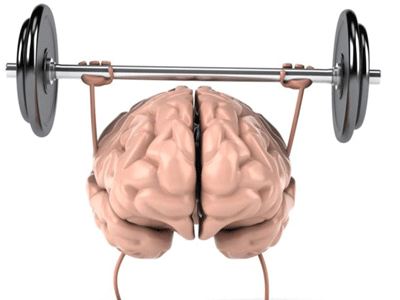The Many Benefits of Resistance Training
ESTIMATED READING TIME: 5 MINUTES
With summer round the corner we all know those people who have started appearing in the gym, or doing those press-up or sit-ups. However if building those biceps or aiming for a six-pack isn’t your goal, resistance training also has some hidden benefits that may make you think about dusting off those old dumbbells or investigating how to join your nearest Gym!
1. Lowered Injury Risk

Our bodies respond to resistance training not just by making our muscles bigger, but also our connective tissue, tendons and ligaments and nerves adapt to training. For connective tissue tendons and ligaments this means more cells and the ability to both resist and produce force. For the nerves it’s an increased capacity to fire and resist fatigue assisting our endurance.
All of these things together increase our physical resilience to injury, meaning we can cope with the demands of work and still have energy to enjoy our past times outside of work.
2. Improved flexibility and mobility
We often see people engaging in stretching activities before running or at the end of gym sessions, but resistance training is just as effective at increasing our flexibility and mobility. If a joint doesn’t feel well supported in wont let you go into that range, by regularly taking your joints through a range of movement the feedback your body gets is that it is safe to do this and so will allow you to go further into the range. This not only increases an individual joints flexibility but your overall mobility, which is important throughout life
3. Lower abdominal fat

Storing central fat around your tummy will also mean increased fat sitting around your vital organs such as the heart which overtime negatively affects health. Incorporating resistance training has been shown to be more effective than cardiovascular training at helping to burn calories whilst increasing lean muscle mass helping to get rid of excess abdominal and visceral fat. This also stimulates your metabolism raising basal metabolism or the number of calories you burn per day just to keep the body functioning.
4. Strengthened Mental Health

Resistance training causes our body to release endorphins which are chemicals produced in the body that help to:
- Reduce our feelings of pain
- Reduce feelings of anxiety or depression
- Boost self-esteem
- Improve length and quality of sleep
Secondary benefits give us the opportunity to overcome difficult tasks in a controlled manner that increases our mental resilience to stress, which can be very helpful if you have a large workload or busy period at work.
5. Improved Brain Health
The key here is getting the blood flowing to the brain, bringing with it oxygen and other nutrients. Regular resistance training can boost brain power across a lifetime but is particularly helpful into later life (60+) where our brain function naturally starts to lessen.
6. Bone Health
Bone health is important for every day activity. Bones are very good at adapting to load and increase their density in response to load placed upon them. Sometime around the starts of our 30’s we reach peak bone mass where we have more bone tissue than at any other point in our life. Before this RT can help to maximise the amount of bone we have and after can help to slow the natural rate of loss, lessening the likelihood of bone problems later in life.
Standing exercises such as squats, lunges and deadlifts have to work against gravity as well increasing the load on bones.
7. Reducing the risk of and slowing progression of Heart Disease
Resistance training has direct effects upon your heart. Increasing the volume of the heart muscle and thickness of heart chamber walls. this in turn helps to reduce both resting and exercise related blood pressure and the levels of cholesterol in your blood, keeping your heart healthy for work and play and therefore reducing the risk of suffering from heart disease.
8. Reducing the risk of Diabetes

Our muscles use sugar in the form of glucose to provide energy. RT enhances the amount of glucose that muscles take out of the blood and its ability to store this reducing the amount flowing around your body.
For other conditions such as Rheumatoid Arthritis, Osteoarthritis, and age related loss of muscle mass (Sarcopenia) there is increasing evidence that progressive RT can induce strength and muscle hypertrophy gains that help to reduce pain and increase mobility in these cases motion is lotion that keeps the joints strong
Summary
Whatever your health goals are resistance training can be started by anyone at any age and it will have positive effects on your physical and mental health. If you already suffer from a condition, resistance training is likely to help lessen your pain by strengthening the tissue around the area.
Resistance training alone isn’t the answer though it has to be balanced as part of an overall training week that includes cardiovascular exercise as well. The Department of Health recommendations for 19-64 year old’s include:
- 150 minutes of moderate activity that raises the heart rate spread across the week (5x30 minutes for example) or;
- 75 mins vigorous activity spread across the week and;
- 2 sessions of Physical Activity that improve muscle strength.
And is very similar for those aged 65+ to see these guidelines for any age group please follow the link.
https://www.gov.uk/government/publications/uk-physical-activity-guidelines
Resistance training can take many forms from Pilates, to Body pump, jumping activities, lifting a rucksack full of tins or books at home as well more traditional weightlifting in the gym. So, if you don’t like Gyms don’t be put off!
